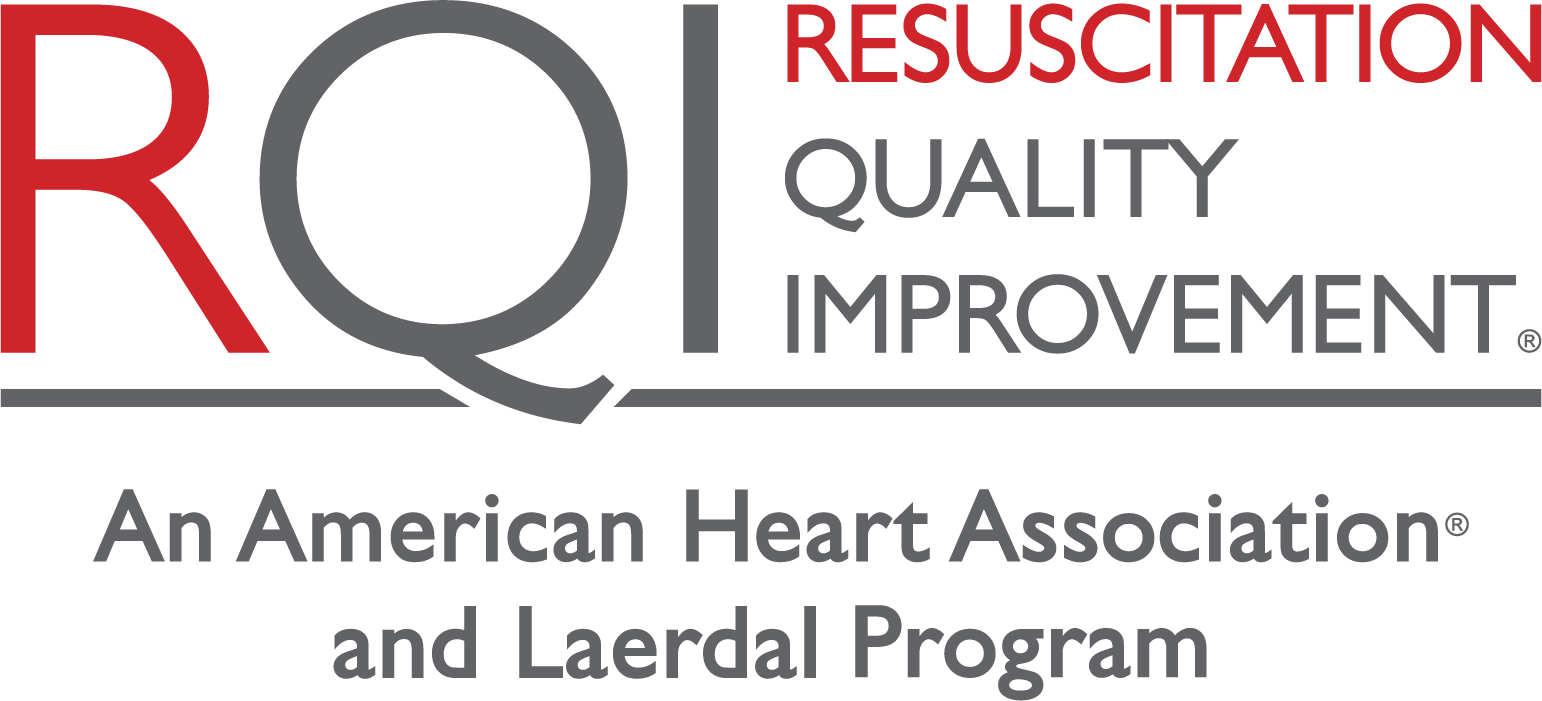Mota, S. AACN Advanced Critical Care. 2023
Importance of Conclusion
Each year in the U.S., more than 600,000 people experience cardiac arrest, with approximately 290,000 occurring in the hospital. Although CPR renewal occurs every 2 years, the quality of CPR at the study site was below AHA standards indicating that clinicians met recommended chest compression rate 37% of the time and depth 63.9% of the time. This study was conducted to identify whether performance of chest compressions during training reassessments improves with RQI.
Key Points
- Prior to RQI intervention, critical care nurses from intensive care units with traditional CPR training performed an initial baseline of chest compressions. At baseline, the mean depth at target was 67.76% and rate at target was 39.95%.
- 2 weeks post the RQI intervention, target depth increased to 97.43% and target rate increased to 80.89%.
- 5 weeks post the RQI intervention, target depth was 96.57% and target rate was 78.75% indicating that at both post-RQI interventions, scores for chest compression rate and depth improved compared to preintervention scores.
- The results of this study revealed an improvement in chest compression performance after RQI implementation, validated prior study findings of CPR skills declining over time and provided support for the use of RQI as a strategy to retain needed skills.
- Per the study conclusion, frequent CPR using RQI technology, with its immediate audiovisual feedback, helps maintain skills, which may improve patient outcomes.
Read the article (fee applies)
